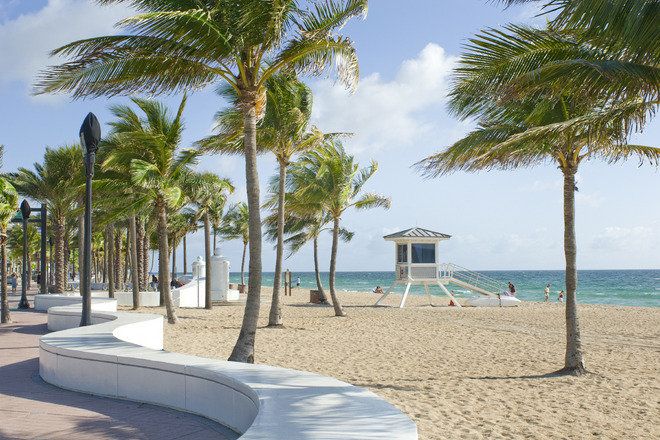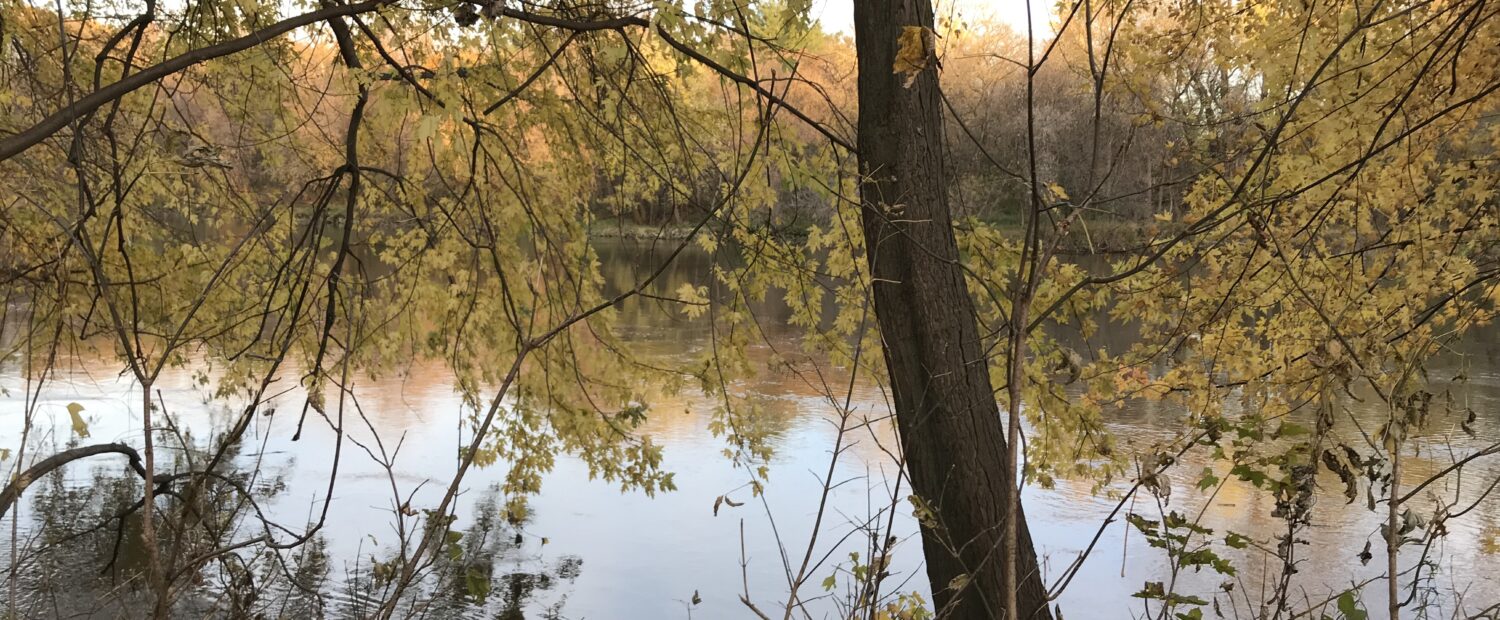This week I found myself among the palms, coconuts, and salty sea breezes. This landscape differs strongly from my location in the hardwood forest of centennial woods. Cypress trees, longleaf pines, and mangroves overtake the landscape with their greenery. In much contrast to the pines and maples of Burlington, the flora of southeastern Florida thrive in sandy soils and striking sunlight. The birds differ quite drastically as well. Seagulls and and the American white ibis dominate the bird populations.
Fort Lauderdale, Florida was inhabited by native tribes over 4000 years ago. Control over the area changed between Spain, England, and then finally the U.S during the era of European conquest. The fort was built in 1838, which dictated how the land was to be used for quite some time. The fort was abandoned in 1842 after the Second Seminole War and wasn’t settled again until the 1920s. The hurricane of 1926 halted all development until after the depression. in 1941, the Hugh Taylor Birch State Park was established just outside of Fort Lauderdale. The land was never used for agriculture, as no crops could ever grow in the sandy soil. The Fort Lauderdale area is now almost completely developed, save the parks located around the city.

